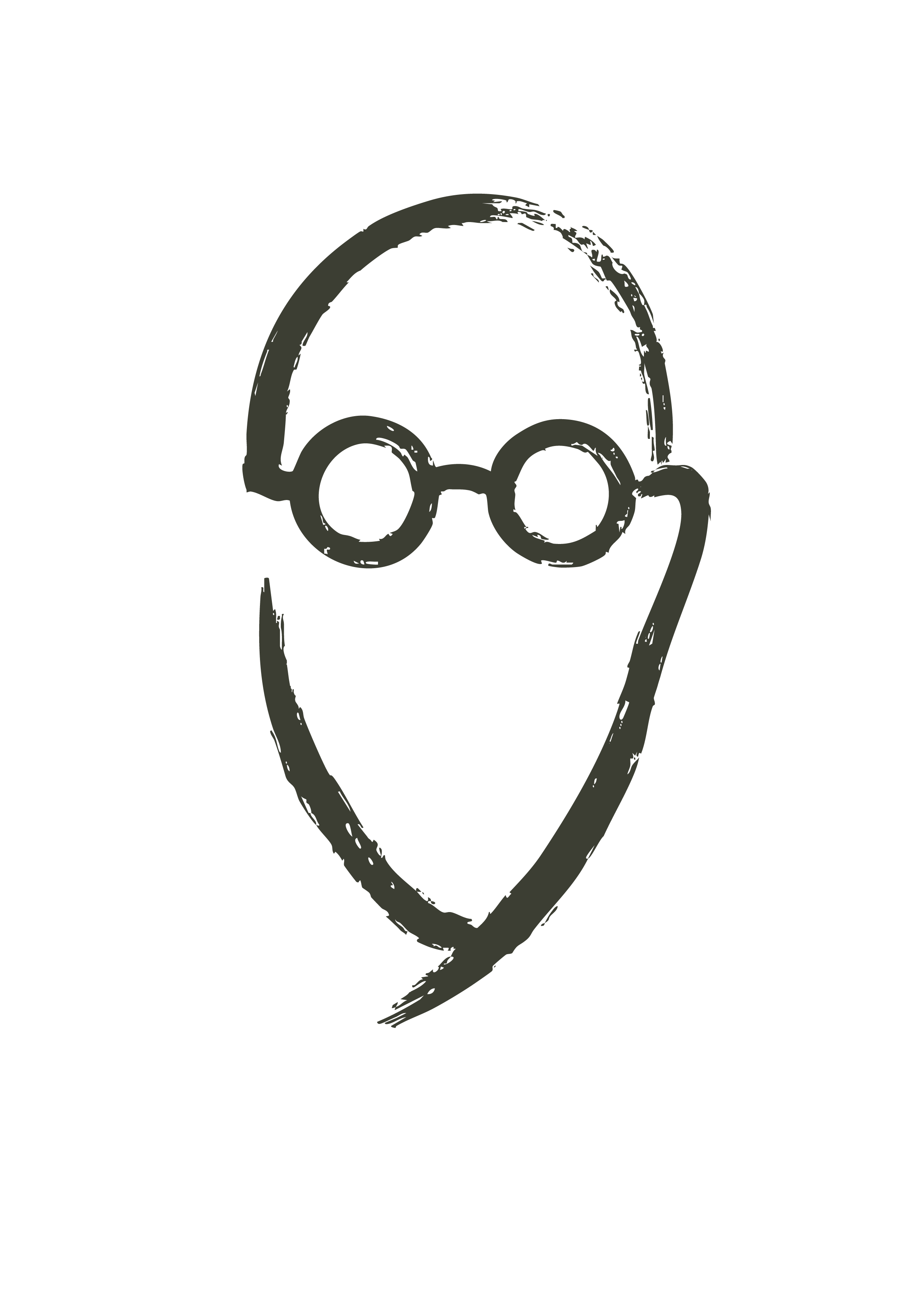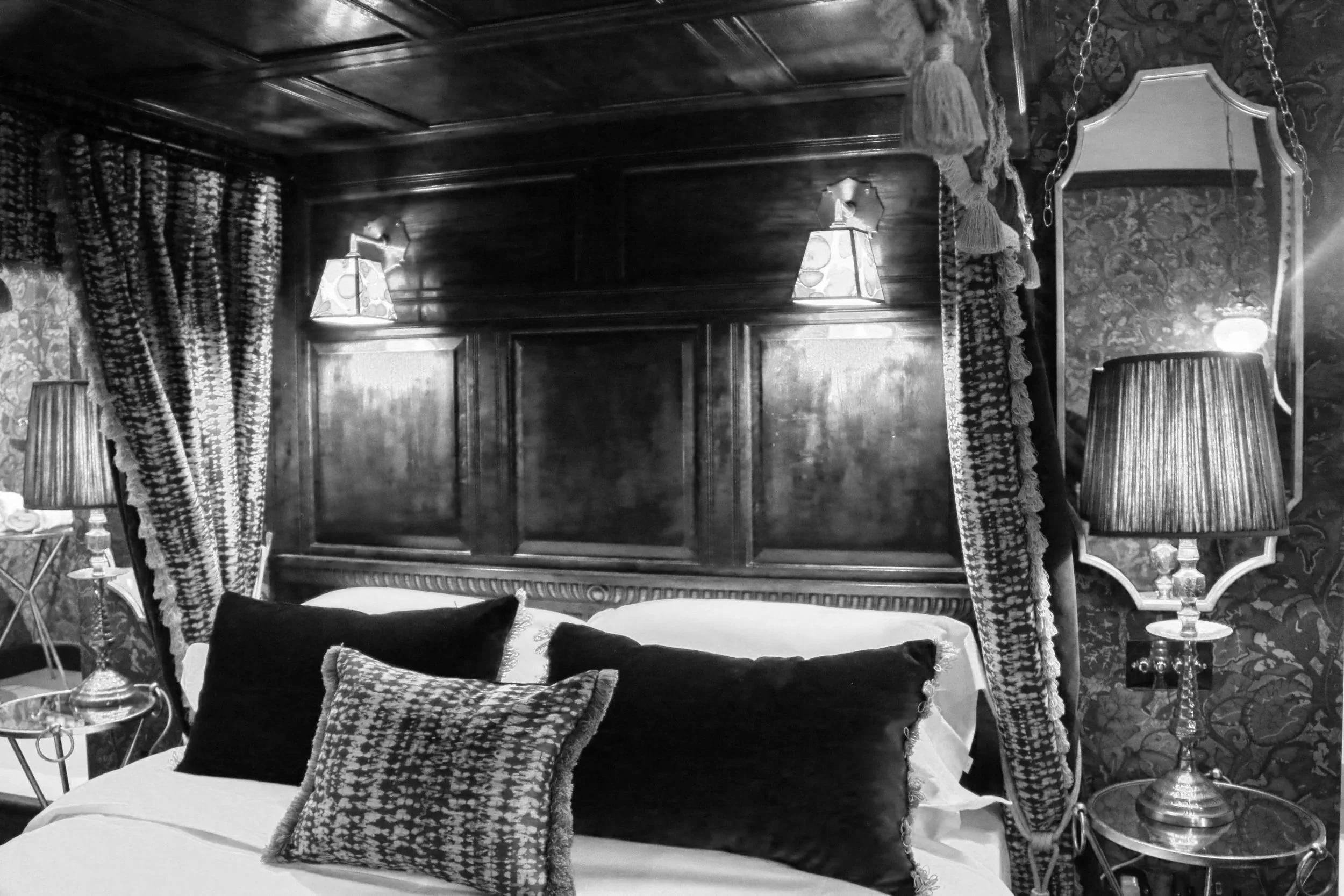THOURGHTS & THEORIES
Our design philosophy is grounded in thoughtful storytelling, human experience, and lasting authenticity. We believe spaces should evoke feeling and meaning, balancing beauty with function and respecting their cultural and historical context. Drawing on timeless principles, contemporary insight, and a deep understanding of how people truly live, gather, and connect, our style blends craft, narrative, and nuance to create environments that are not just seen, but felt. Here is more on those principles, thoughts and future forecasts…
THE BED
Paradise on Earth and the Most Sacred Place of All
"A good laugh and a long sleep are the two best cures for anything." — Irish proverb
"We are such stuff / As dreams are made on, and our little life / Is rounded with a sleep." — Shakespeare, The Tempest
The bed is the most overlooked monument of human civilization. Despite its ubiquity, it remains underappreciated as an artifact of cultural, historical, and psychological meaning. It is where we spend around a third of our lives—where we are born, where many die, where we dream, recover, love, and contemplate.
THE PLATE
Restaurants have always been more than places to eat.
They are social stages, cultural laboratories, and mirrors reflecting who we are. Yet their role has evolved dramatically, shaped by changing economies, cultural narratives, and our own evolving tastes.
As someone who has spent years designing restaurants—from big-name brands to spaces for celebrity chefs and emerging gastronomes—and as a restaurateur who owned and ran my own 2 Rosette fine dining restaurant, I’ve seen firsthand the changing meaning of the restaurant and the power of the plate.
THE WATERHOLE
Across cultures and centuries, humans have always needed places to gather.
Places to talk, laugh, argue, flirt, listen, and share stories. In the modern world, two such places stand out: the city bar and the country pub.
On the surface, they might seem very different—one buzzing with urban energy, the other nestled in pastoral quiet. But beneath these differences lies a shared function that is deeply human, even biological: they are our waterholes.
THE COUNTRYSIDE
We often imagine the countryside as the ultimate antidote to modern life: slower, simpler, quieter. It’s a romantic vision of green fields, timeless traditions, and natural rhythms that promise refuge from the pace and pressures of urban existence.
But is the countryside truly an escape from society? Or is that just another cultural fantasy we carry with us?
The Restfulness of Space
THE EGG
We live in an age of unrelenting acceleration.
The city, that extraordinary invention of human civilisation, has become a symbol of this restless pace—optimised, digitised, and constantly demanding our attention. It channels us toward productivity, competition, and consumption at every turn.
But against this tide, I believe it is crucial to defend what the home truly means—not as a mere building, nor as an investment, but as a deeply human space.
THE CITY
The city is an extraordinary invention.
A nexus of trade, culture, and ideas, it has always been a crucible of progress. But in our present age, something has accelerated beyond recognition. The city today is faster-paced, more competitive, more digital—and, in many ways, more detached from the human.
THE HUMAN
In the Age of the Coming Wave
I’m Andy. I’m older than I’d like to look, a bit overweight, and I probably work too much. In short: I’m human.
Lately I’ve been reflecting on what that really means in a world that seems increasingly determined to digitise, quantify, and optimise every aspect of our existence. We live in an age that fights relentlessly for our attention, often with only superficial rewards or hollow justifications for doing so.








